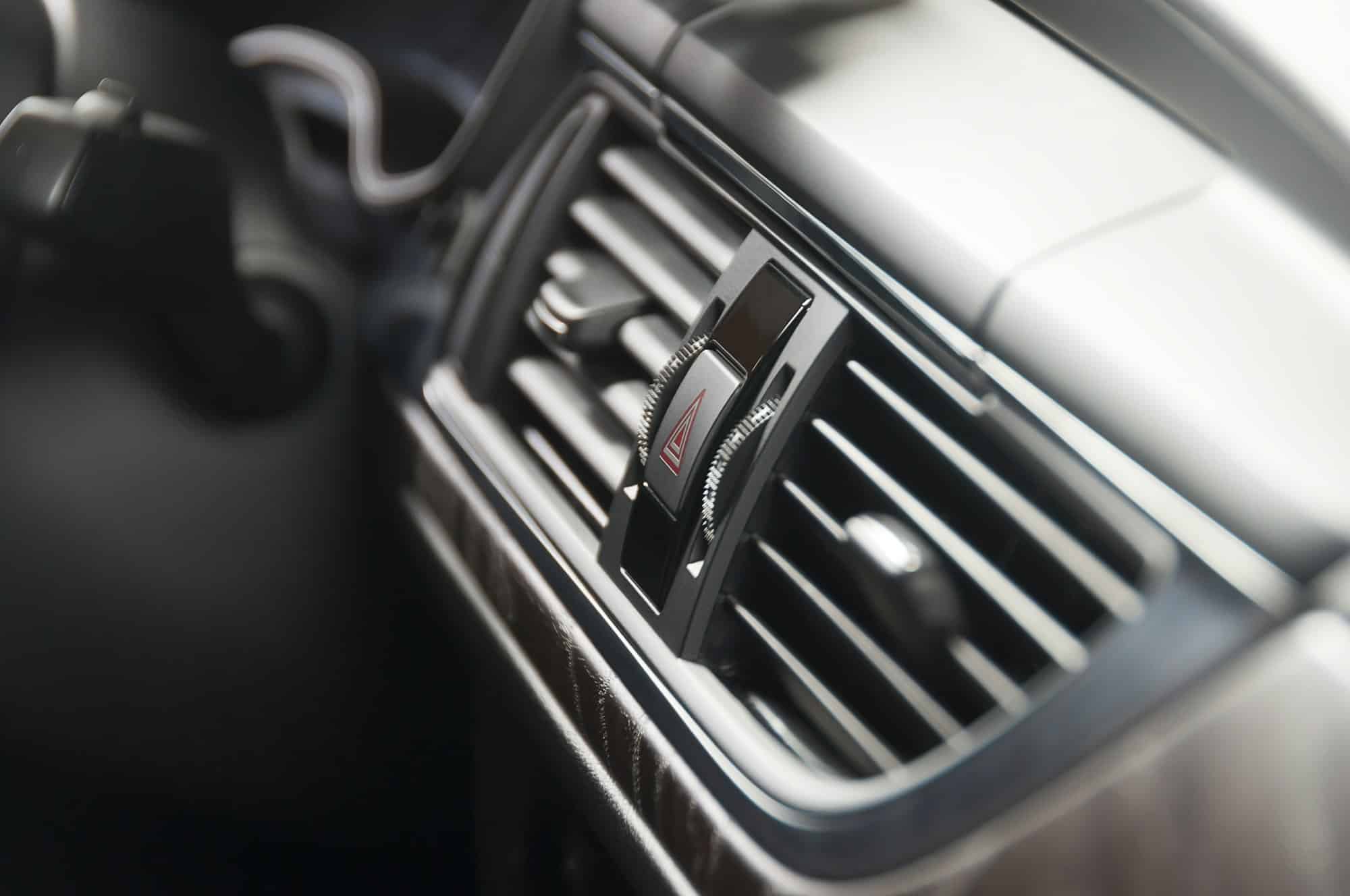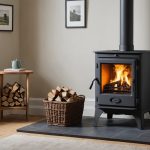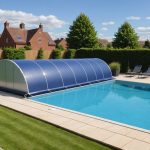Indoor air quality significantly impacts health and well-being, especially in new-builds across the UK. As homes become increasingly energy-efficient, optimizing mechanical ventilation systems is essential to prevent issues like mold and allergens. This guide provides practical strategies to enhance ventilation, ensuring a healthier indoor environment while complying with regulations. Explore how effective design can transform your living space into a sanctuary of fresh air and comfort.
Understanding Indoor Air Quality and Its Importance
Indoor air quality (IAQ) is a critical aspect of our living environments, yet often overlooked. At its core, IAQ refers to the condition of the air within and around buildings, particularly as it relates to the health and comfort of the occupants. Importance of IAQ cannot be overstated, as it directly influences our well-being. Poor IAQ can lead to a range of health effects, from minor irritations like headaches and fatigue to more severe conditions such as respiratory diseases and allergies.
A lire également : Expert Tips for Preserving Original Woodwork in Your UK Heritage Home
Common indoor air pollutants include volatile organic compounds (VOCs), mould, dust mites, and carbon monoxide. Each of these pollutants has unique health impacts. For instance, prolonged exposure to VOCs, often found in paints and cleaning products, can cause chronic respiratory issues. Mould, thriving in damp environments, can trigger asthma attacks and allergic reactions.
Maintaining good IAQ is especially beneficial in new-builds. These structures often have improved ventilation systems and materials that minimise pollutant emissions. The benefits of prioritising IAQ in new-builds include enhanced occupant health, increased productivity, and reduced healthcare costs. By understanding and addressing IAQ, we can create healthier, more comfortable living spaces that support overall well-being.
A voir aussi : Creating a Coastal Green Living Fence: A Step-by-Step Guide to Privacy and Wind Resistance in the UK
Overview of Mechanical Ventilation Systems
Understanding mechanical ventilation systems is crucial for maintaining optimal indoor air quality. These systems are designed to control airflow and ensure a consistent exchange of indoor and outdoor air. There are various types of mechanical ventilation systems, each with unique characteristics and benefits.
Types of Systems include Mechanical Ventilation with Heat Recovery (MVHR) and balanced systems. MVHR systems are particularly effective because they not only ventilate but also recover heat from the outgoing air, which is then transferred to the incoming fresh air. This process is energy-efficient and helps maintain a comfortable indoor temperature. Balanced systems, on the other hand, maintain equal pressure inside and outside by using separate fans for supply and exhaust, ensuring a consistent flow of fresh air.
Key components of these systems include fans, ductwork, and filters. Each component plays a vital role in the system's overall efficiency. Filters, for example, are essential for trapping dust and pollutants, thereby improving air quality.
Efficiency ratings are significant as they directly impact system performance. High-efficiency systems can reduce energy consumption and provide better air quality. When selecting a mechanical ventilation system, it's important to consider these ratings to ensure optimal performance and energy savings.
UK Regulations and Standards for Indoor Air Quality
Understanding UK regulations regarding indoor air quality is essential for both homeowners and builders. These regulations are designed to ensure that buildings provide a healthy environment for occupants. The Building Regulations set forth specific standards that directly impact indoor air quality, focusing on ventilation, material emissions, and pollutant control.
Overview of Relevant UK Building Regulations
The Building Regulations in the UK encompass various aspects of construction and design, with a significant emphasis on maintaining good indoor air quality. Part F of these regulations specifically addresses ventilation requirements, ensuring adequate airflow and pollutant removal. This section mandates that buildings incorporate effective ventilation systems, such as those discussed previously, to maintain optimal air quality.
Standards and Compliance
Compliance with these standards is crucial. It not only ensures a healthier living environment but also helps avoid potential legal issues. Authorities such as the Department for Levelling Up, Housing and Communities provide guidance on achieving compliance. Builders and homeowners must adhere to these guidelines to ensure their properties meet the necessary standards.
Importance for Homeowners and Builders
For homeowners, compliance with UK regulations ensures a safe and comfortable indoor environment. Builders benefit by avoiding penalties and enhancing their reputation through adherence to these standards. Prioritising compliance ultimately leads to improved health outcomes and increased property value.
Best Practices for Optimizing Mechanical Ventilation
Optimizing mechanical ventilation involves crucial practices that enhance system performance and indoor air quality. Regular system maintenance is foundational. Scheduling routine checks ensures that all components, such as fans and ductwork, function efficiently. This proactive approach prevents unexpected breakdowns and prolongs the system's lifespan.
Airflow management is another key aspect. Proper airflow prevents air stagnation, which can lead to poor indoor air quality and discomfort. One effective strategy is to adjust the system settings according to seasonal changes, ensuring balanced ventilation throughout the year. This adjustment helps maintain a consistent and comfortable indoor environment.
Selecting the right filters and replacing them regularly is also vital. Filters trap dust and pollutants, improving air quality significantly. High-efficiency particulate air (HEPA) filters are recommended for their superior performance in capturing airborne particles. Regular replacement of filters is essential to maintain the system's efficiency and prevent airflow obstruction.
By adhering to these best practices, homeowners and builders can ensure their mechanical ventilation systems operate optimally, providing a healthier and more comfortable indoor environment. Proper ventilation optimization not only enhances air quality but also contributes to energy efficiency, ultimately benefiting both the occupants and the environment.
Latest Technologies in Mechanical Ventilation
In the realm of ventilation technology, recent innovations are reshaping how we maintain indoor air quality (IAQ). Emerging technologies focus on enhancing system efficiency and user convenience. One significant advancement is the integration of smart systems. These systems use sensors and IoT technology to monitor and adjust ventilation settings automatically, ensuring optimal IAQ without manual intervention.
Smart systems can detect changes in air quality, such as increased levels of carbon dioxide or humidity, and respond by adjusting airflow or activating filtration processes. This automation not only improves air quality but also enhances energy efficiency by operating the system only when necessary.
When comparing traditional systems to modern ventilation technology, the differences are striking. Traditional systems often rely on manual adjustments and lack real-time monitoring capabilities. In contrast, modern systems offer features like remote control via smartphone apps, predictive maintenance alerts, and integration with other smart home devices. These innovations provide a seamless user experience and ensure that IAQ is consistently maintained at optimal levels.
By embracing these innovations, homeowners and builders can significantly improve indoor air environments. The shift from traditional to modern systems represents a move towards more efficient, user-friendly, and sustainable ventilation solutions.
Benefits of Improved Indoor Air Quality
Improved indoor air quality (IAQ) offers numerous advantages, significantly impacting both health and economic aspects.
Health Benefits
Enhanced IAQ reduces the risk of respiratory diseases, allergies, and other health issues. Clean air promotes better sleep, increased concentration, and overall well-being. For families, especially those with children or elderly members, maintaining good IAQ is crucial as they are more susceptible to air pollutants.
Economic Impact
The economic benefits of improved IAQ are substantial. Properties with superior IAQ often have increased market value. Buyers are willing to pay a premium for homes equipped with advanced ventilation systems. Moreover, energy-efficient ventilation systems contribute to reduced utility bills, offering long-term savings. Businesses also benefit from improved IAQ as it can lead to increased productivity and reduced absenteeism among employees.
Long-term Benefits for New-builds
For new-builds, prioritising IAQ results in enduring benefits. These structures often incorporate modern materials and technologies that minimise pollutant emissions. Over time, residents experience fewer health issues, leading to lower healthcare costs. Additionally, energy-efficient systems in new-builds ensure ongoing savings and a reduced carbon footprint, aligning with sustainable living goals.
Case Studies of Successful Implementation
Exploring case studies of new-builds that have effectively optimised indoor air quality (IAQ) provides valuable insights into best practices and outcomes. These examples showcase the tangible benefits of prioritising IAQ in construction projects.
New-Build Examples
In recent years, several new-builds have emerged as exemplary models for IAQ optimisation. For instance, a residential development in London incorporated advanced mechanical ventilation systems, significantly enhancing occupant health and comfort. These systems facilitated continuous fresh air exchange, effectively reducing indoor pollutants.
Lessons Learned
From these case studies, several key lessons have emerged. Firstly, integrating IAQ considerations from the initial design phase is crucial. This ensures that the building materials and systems selected support optimal air quality. Additionally, regular monitoring and maintenance of ventilation systems are essential to sustain performance over time.
Impact on Occupant Health and Comfort
The impact of these successful projects on occupant health and comfort is profound. Residents reported fewer respiratory issues and improved overall well-being. The consistent supply of clean air contributed to enhanced sleep quality and increased productivity. These outcomes underscore the importance of prioritising IAQ in new-builds, offering a blueprint for future developments aiming to achieve similar success.
Actionable Steps for Homeowners and Builders
Improving indoor air quality (IAQ) requires a strategic approach for both homeowners and builders. Here's a step-by-step guide to help you enhance IAQ effectively.
Step-by-Step Guide for Homeowners
-
Identify Pollutants: Conduct an IAQ assessment to pinpoint common pollutants like VOCs and mould. Use home testing kits for accuracy.
-
Enhance Ventilation: Install or upgrade mechanical ventilation systems. Ensure regular maintenance for optimal performance.
-
Filter Selection: Choose high-efficiency filters, such as HEPA, and replace them regularly to trap dust and allergens.
- Use Eco-Friendly Products: Opt for low-VOC paints and cleaning products to minimise emissions.
Recommendations for Builders
-
Incorporate IAQ from Design Phase: Select building materials that emit fewer pollutants and design layouts that facilitate natural airflow.
-
Install Advanced Ventilation Systems: Consider systems like MVHR for energy-efficient air exchange.
-
Provide IAQ Documentation: Offer buyers a homeowner guide detailing IAQ features and maintenance tips.
Resources and Tools
-
IAQ Monitoring Devices: Use devices to track air quality changes and address issues promptly.
-
Professional Services: Engage IAQ consultants for expert advice and thorough assessments.
These actionable steps ensure healthier environments, benefiting both occupants and property value.
















